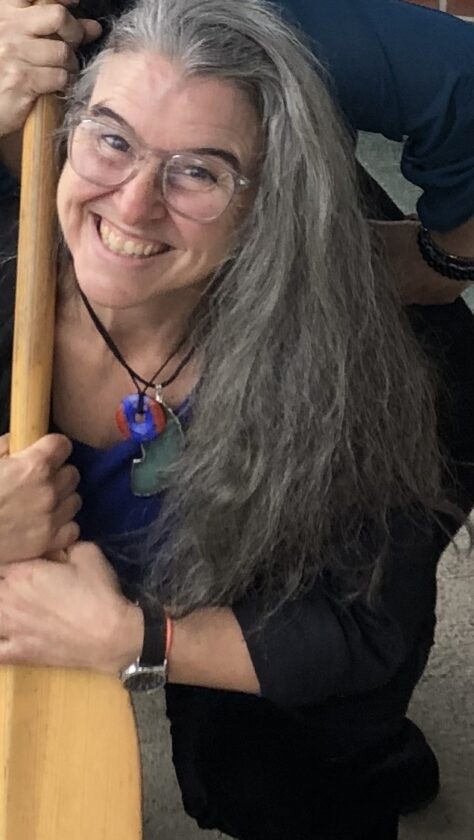Chamber music finds an Adirondack home
- Thomas Stork
- Amy Nelson
- Timothy Mount

Thomas Stork
The Adirondacks are home to a thriving community of classical musicians — if you know where to look.
This was Timothy Mount’s experience when he moved to the Adirondacks after retiring from a career in choral conducting, which included a professorship at Stony Brook University. He wanted to do something different when he moved, so he ventured into piano chamber music. He met Rose Chancler, an accomplished pianist living in Westport. Chancellor introduced him to more musicians and he eventually helped form the Trillium Chamber Players.
“Most of us have left these busier communities to move up here to a more remote place, and so we have that in common with each other, and that sort of brings us together,” Mount said. “Those are the kind of people that you run into up here, and you do have to look around for them, but they are here.”
This weekend, Mount and three other Adirondack musicians will be holding two showings of a spring concert featuring a varied program of music from the Baroque to modern eras. Mount will be joined by Amy Nelson, a soprano, Thomas Stork, a bass-baritone and Patricia McCarty on the viola.
The group will have two performances this week. The first will be at 7 p.m. on Saturday at Keene Valley Congregational Church and the second will be at 2 p.m. on Sunday at St. Eustace Episcopal Church in Lake Placid.

Amy Nelson
The program is an eclectic mix of music for an eclectic group. For one thing, the unusual combination of soprano and bass can be hard to find music for. Stork describes the program as being held together by a common theme of love, in its many forms.
“The kinds of love or the aspects of love that the different pieces touch on,” he said, “each one of them is very different.”
The program will open with a sonata by Johann Sebastian Bach for viola da gamba, a historical stringed instrument, that will be played on the viola with a baroque bow by McCarty. There will be songs by Georg Friedrich Handel and Franz Joseph Haydn. Romantic era pieces will include Johannes Brahms and Anton Dvorak.
Nelson is particularly looking forward to performing a few songs by George Gershwin, which will conclude the program.
“It’s just very, very singable, just imminently singable and fun,” she said.” Gosh, I’m looking for happy distractions these days.”

Timothy Mount
A precious opportunity
Similar to Mount, Stork retired early and moved to the Adirondacks about four years ago, moving most recently from the Washington, D.C. area. He was from the Syracuse area originally and had only come to the Adirondacks a few times, notably for a rowing camp during college.
The deal was sealed when his sister bought a place in Lake Placid and invited him up for Thanksgiving around 2018 or 2019. Right after they arrived for their visit, Lake Placid was dumped with about a foot of snow, Stork recalled.
“The temperature dropped about 12 degrees below zero the night after we got here,” he said. “And we had more fun than we ever had, playing in the snow and going outside.”
Nelson had a similar experience. She’s from Wisconsin, but shortly into their relationship, her husband, Pete, insisted that she come with him to visit the Adirondacks.
“I remember being swallowed up in the best possible way by the Adirondacks,” she said.
Years later, she finds herself surrounded by musicians. She works as a music educator at Keene Central School and is involved with the arts throughout the Adirondacks.
“I couldn’t have imagined being in a richer stew of the arts than here. I mean, it’s so unlikely, and I keep pinching myself every week,” she said. “I feel like I found my people, and I’m going to do this as long as I feel like I have a team to do it with.”
Musicians who have moved from larger, more metropolitan areas say the Adirondacks couldn’t be more different. The opportunities are smaller, more hidden, but in many ways, more precious. Stork recalled the way people in Washington, D.C. would take the arts for granted.
“It’s an embarrassment of riches. Part of the problem is that so many people have so many opportunities to do things, it makes one sort of jaded, sort of choosy,” he said. “The fact that there’s not a huge scene here — there’s an existent scene, but it’s not huge — makes the individuals that want to participate that much more keen to be involved.”
